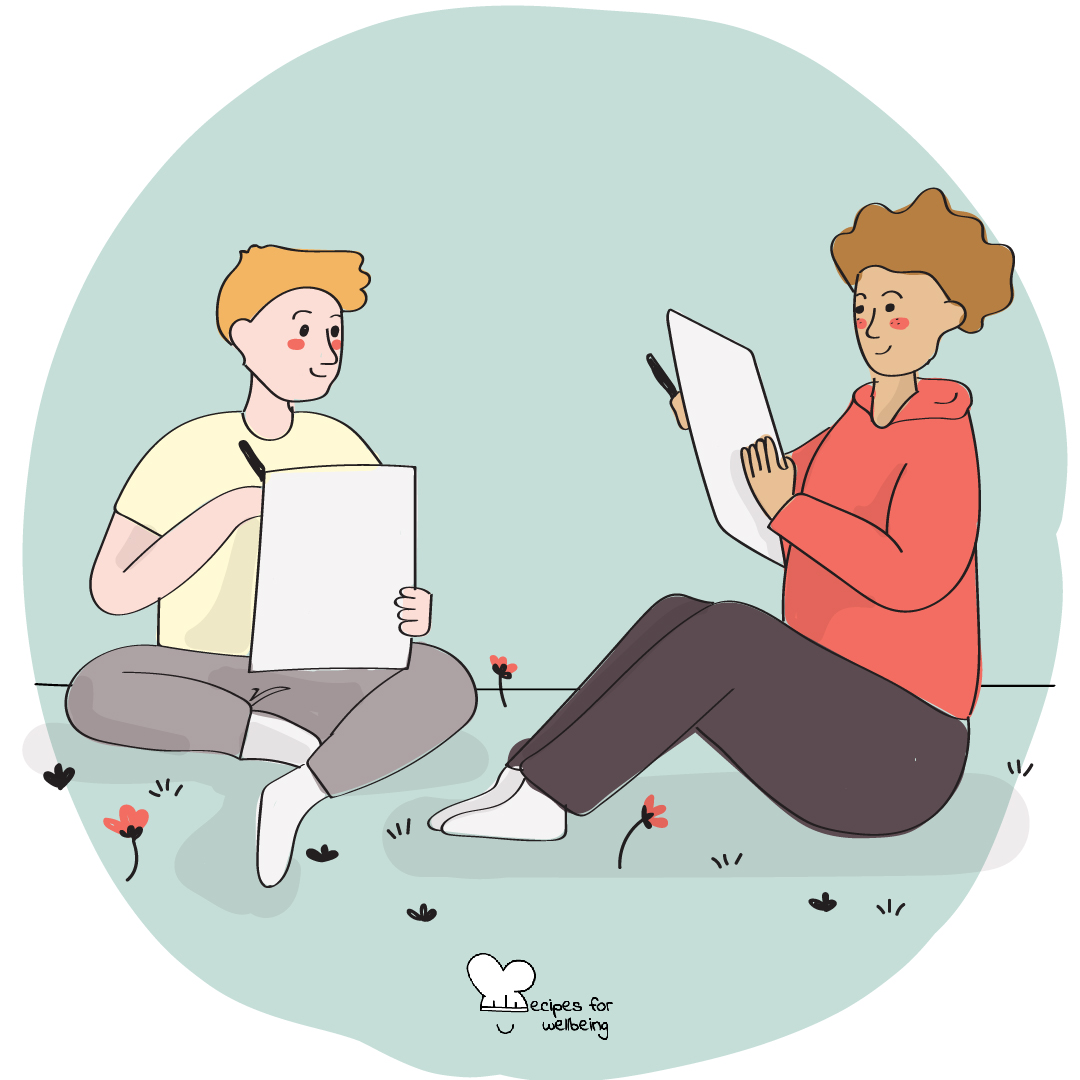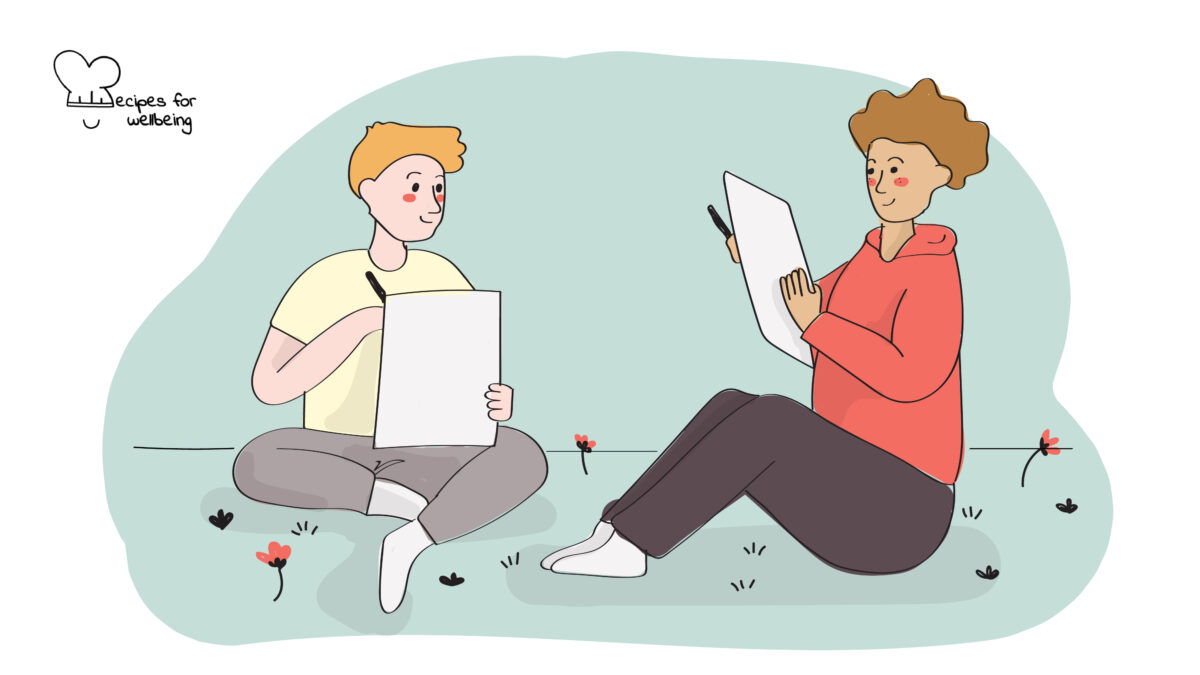
Portraiture
When you take a photograph of someone, you take a portrait of their soul. ―Winna Efendi
👥 Serves: 11-25 people, 2-10 people
🎚 Difficulty: Medium
⏳ Total time: 31-60 minutes
🥣 Ingredients: Flipchart paper, 1 sheet of paper and sketch pen per participant, crayons and pastels, 1 adult facilitator
🤓 Wholebeing Domains: Awareness, Liberatory Learning, Radical Care
💪 Wholebeing Skills: Acceptance, Authenticity, Clarity, Contemplation, Curiosity, Openness, Perspective, Reflection, Self-directed learning

Portraiture
📝 Description
A creative activity to uncover your inner and outer self.
The following recipe has been adapted from the “Life skills through creative arts” toolkit, kindly shared with us by Dream a Dream. This activity is suitable for young people between the ages of 15 and 16 years old and requires an adult facilitator to guide the group through the experience. By the end of the activity, young people should be able to:
- Understand their inner self better.
- Understand how they portray themselves to the rest of the world.
Check out more wellbeing recipes for children and young people adapted from Dream a Dream’s kits: Balance the ball, Colourful confusions, Draw it in your own style, Solo balloon volleyball, and Tree talk.
👣 Steps
Step 1 – Warm-up (5’)
Invite your participants to pair up with someone else. Explain that you will call out two body parts, for example “head and shoulder”. Partners have to touch these two parts as quickly as possible: one partner’s head touches the other partner’s shoulders. Whoever is the last pair to accomplish this is out and becomes part of the “observers” keeping an eye out for who’s last. Play until there’s only a pair left. Please be mindful of the body parts you select.
Step 2 – Introduction (10’)
Introduce the activity by demonstrating drawing a portrait of a participant on a flipchart paper. You should do the drawing without looking at the flipchart or lifting the pen off. Inform participants that it doesn’t matter what the drawing looks like; in fact, it doesn’t need to look like the person at all!
Explain that the intention behind it is to really see the person they are drawing as closely as they can. Invite them to look not just with their eyes, but with their heart as well. When you are done, show how you can use a portrait as a visual metaphor to introduce yourself. For example, you might say about the portrait done of you, “The eyes are much larger than the mouth, which shows how much more time I spend watching than speaking,” or you might say, “The mouth is outside of the face, which shows that I speak sometimes before I think”. DO NOT say: “The drawing is messy which shows how messy my mind is.”
Remind participants that ALL the drawings will be imperfect, as we are all imperfect in some way, so the task is to find something else about yourself that you see reflected in the drawing.
Step 3 – Draw (10’)
Break your participants into pairs and ask them to sit facing each other. Give a sheet of paper and a sketch pen to each participant.
- Ask them to take one minute to draw each other at the same time. Both partners draw simultaneously, in silence, looking at each other and without looking at the paper or lifting the pen off.
- When they’re done, invite them to give the drawing to their partner and accept it as a gift.
- Ask everyone to find a new partner and repeat the process, this time drawing on the back side of the sheet of paper, so that each person will have two drawings of themselves.
- Once this is done, invite participants to look at their portraits and give them a moment to decide which side represents their inner self and which side represents their outer self.
Step 4 – Small group sharing (20’)
Divide people into small groups (3–5 people each) and give them around 20 minutes to introduce themselves to others by using their two portraits.
Step 5 – Large group reflection (15’)
Gather everyone back and open a space for participants to share their insights. Take inspiration from the following prompts, but follow their lead in this conversation.
- What was it like to draw without looking?
- What was it like to be drawn?
- What was it like to decide which drawing was your inner self and which was your outer self?
- What were the common qualities in your group?
- When do you show your inner self to others?

